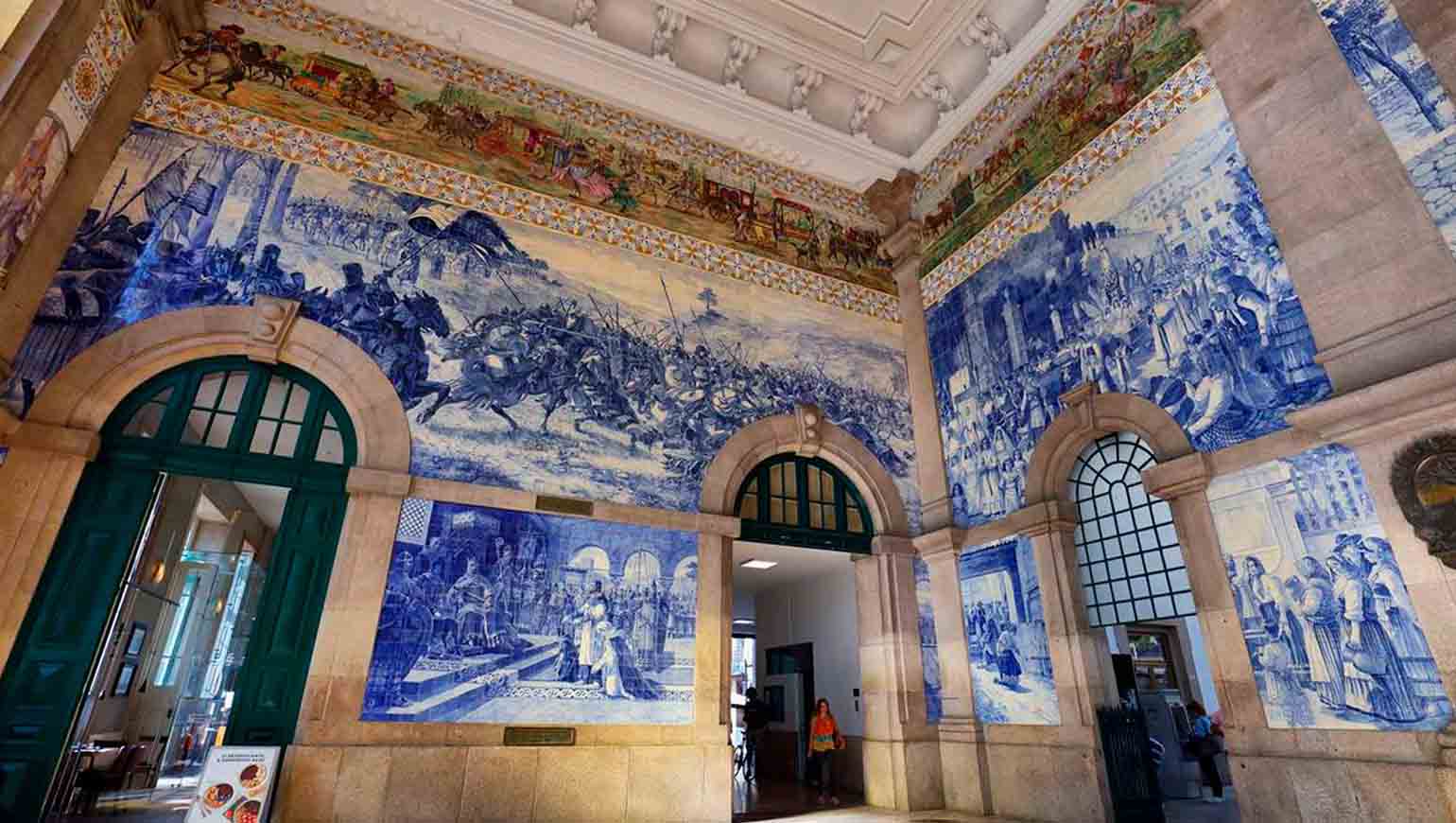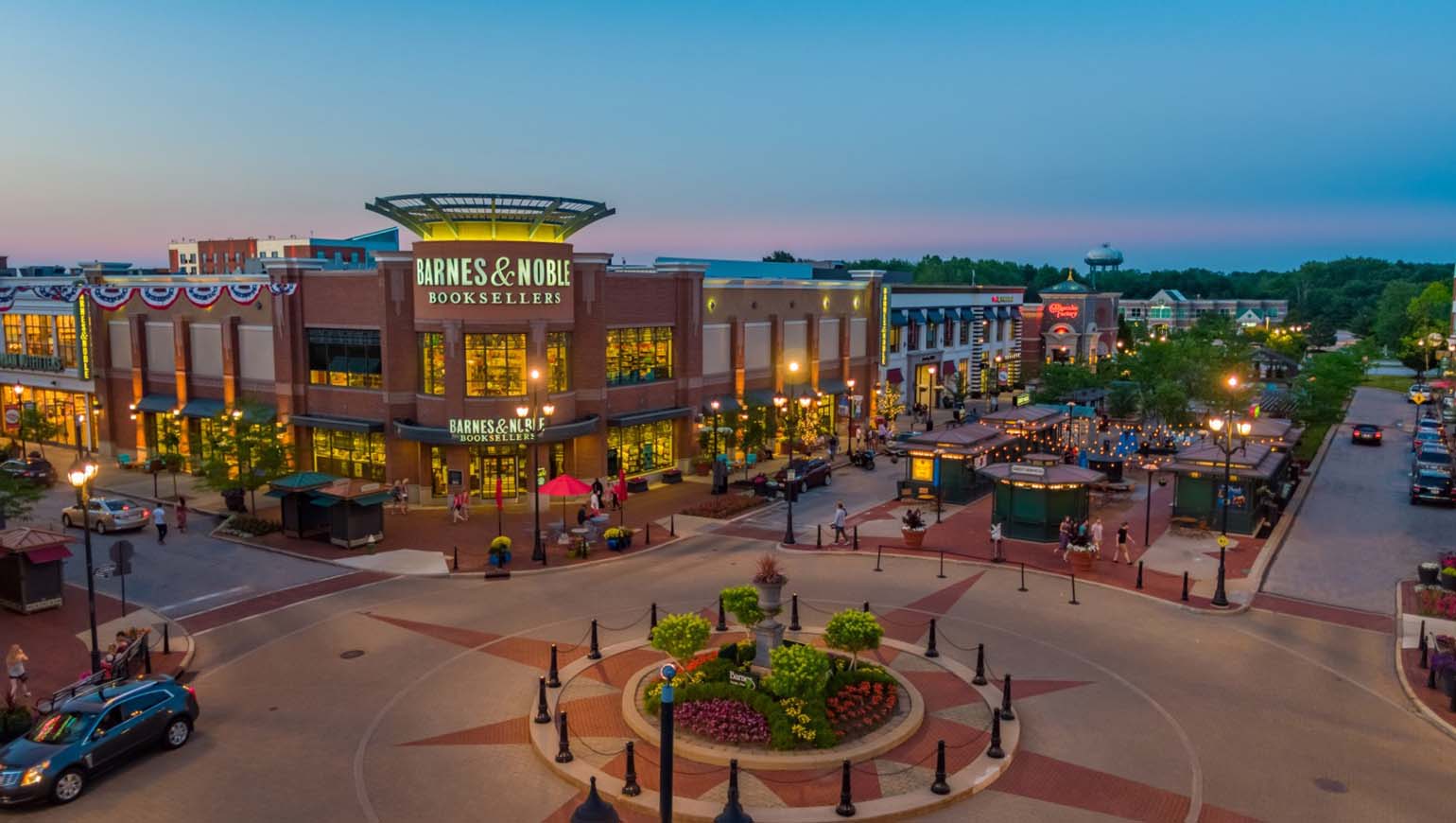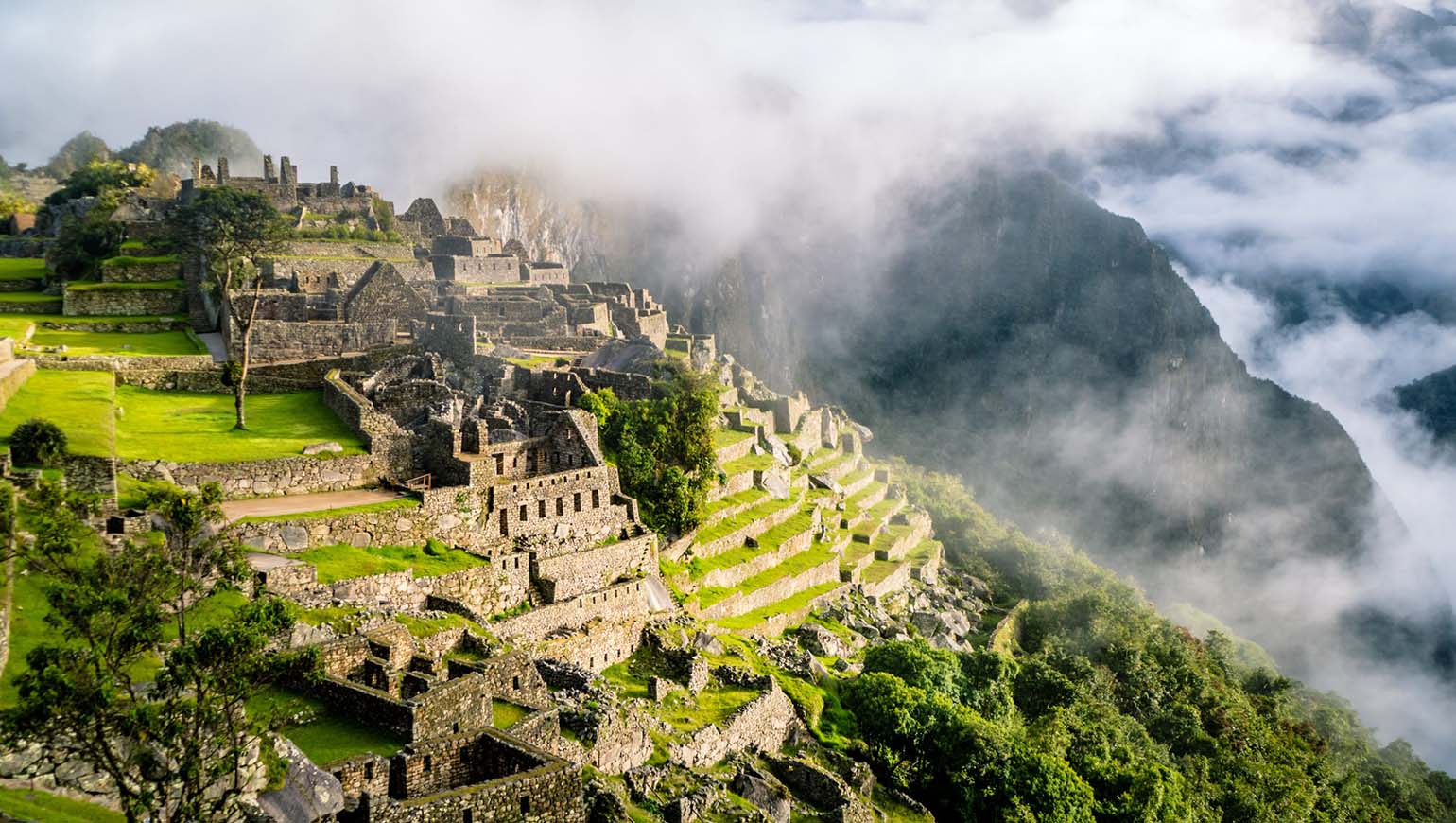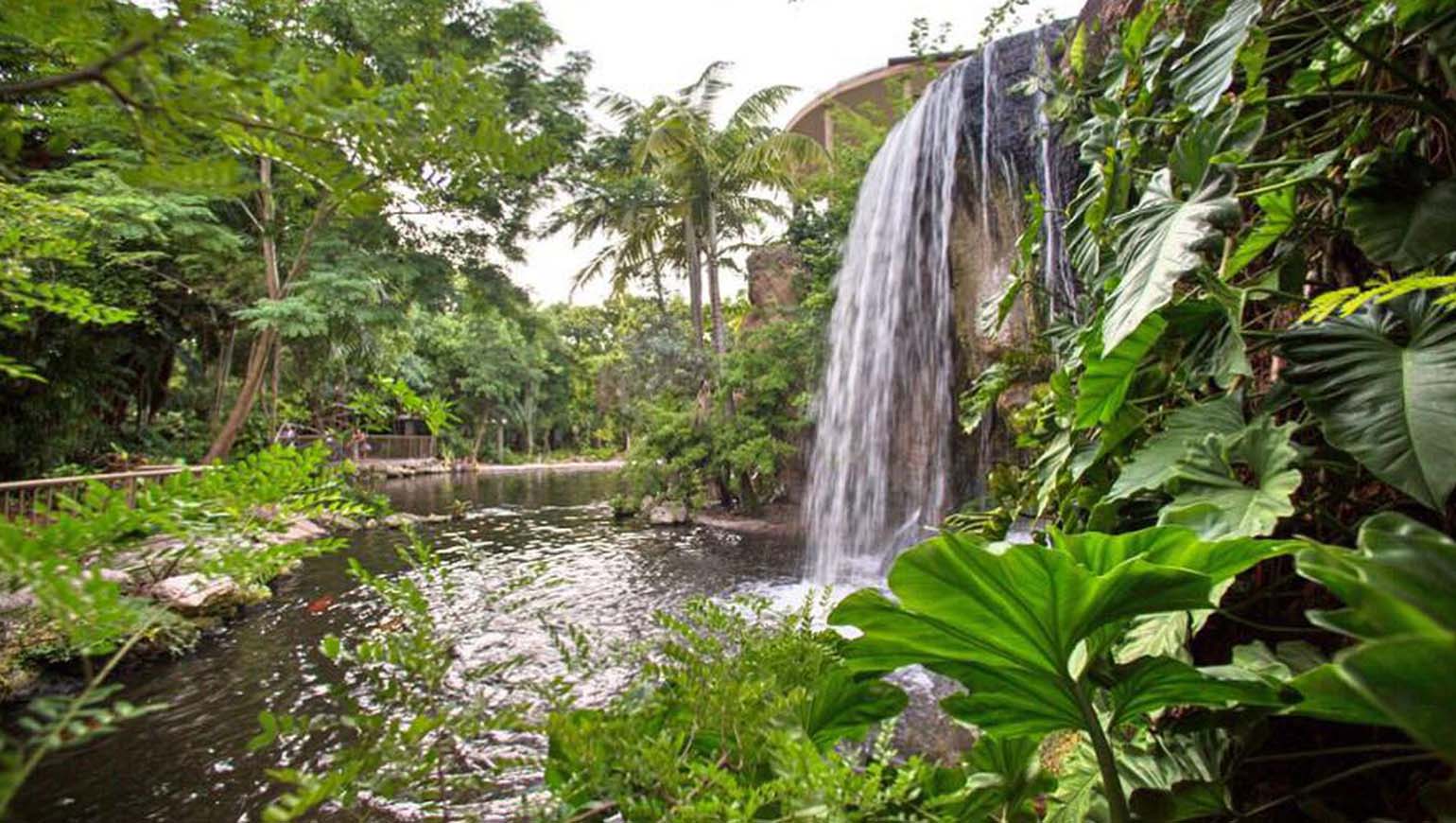Porto, Portugal’s second-largest city, is a captivating travel destination, famous for its unique cultural atmosphere, historical landmarks, stunning river views, and world-renowned port wine. Porto is a city that seamlessly blends tradition with modernity, history with innovation, from ancient streets to modern buildings, every corner is enchanting. I will present the best tours and sightseeing packages in Porto to help you spend an unforgettable holiday in this fascinating city.
1. Overview of Porto
Porto, located in northern Portugal at the mouth of the Douro River, is an important port city. The history of Porto dates back to several centuries B.C., and its rich historical heritage and cultural depth make it an ideal travel destination. Porto is not just a city with a deep history; it is also a birthplace of modern art and innovation. Portugal’s culinary delights and port wine also make it a paradise for wine connoisseurs and food lovers from all over the world.
1.1 Best Time to Visit
Porto has a temperate climate with distinct seasons. The best time to visit is during the spring and autumn (April to June, September to October), when the weather is pleasant, and the number of tourists is relatively low. While summer is warm, it is also a peak tourist season, with higher hotel prices and crowded attractions. If you prefer a quieter atmosphere for sightseeing, consider avoiding the high travel season.
2. Classic Travel Routes in Porto
Porto may be a small city, but it is filled with a wide variety of attractions perfect for walking tours. On the streets, you can find everything from ancient churches and museums to modern art centers and wine cellars. To fully experience Porto’s unique charm, we can divide the tour into several main routes, each highlighting different aspects of the city’s history, culture, food, and natural landscapes.
2.1 Day 1: History and Culture Tour
2.1.1 São Bento Railway Station (Estação de São Bento)
São Bento Railway Station is one of Porto’s most iconic historical buildings, built in 1900. The station’s blue ceramic tile murals depict Portugal’s history and culture. The murals, covering a vast area, are vibrant and tell captivating stories. This station is not only a transportation hub but also a unique art gallery where visitors can feel Porto’s historical and artistic charm.
2.1.2 Porto Cathedral (Sé do Porto)
Porto Cathedral is one of the oldest and most significant religious buildings in the city, dating back to the 12th century. It combines Romanesque, Gothic, and Baroque architectural styles. The church’s decorations and murals are exquisite, and the exterior offers a beautiful view of Porto’s old town, making it a great place for photos.
2.1.3 Clérigos Church (Igreja dos Clérigos)
Clérigos Church is another landmark of Porto, renowned for its magnificent tower. You can climb the tower to enjoy panoramic views of Porto. The interior of the church features Baroque-style decorations, especially the elaborate altar and stunning carvings.
2.1.4 Dom Luís I Bridge (Ponte Luís I)
This bridge is one of Porto’s most famous landmarks, connecting the city center with the Gaia district. The steel structure of the bridge is unique, designed and built by a disciple of the famous engineer Eiffel in the late 19th century. You can cross the bridge on foot or by tram to enjoy the scenic views of Porto.
2.1.5 Porto Art Museum (Museu de Arte do Porto)
The Porto Art Museum is one of the city’s cultural treasures, housing a large collection of Portuguese and European artworks spanning from the Middle Ages to the modern era. If you are interested in art, it’s worth spending some time here.
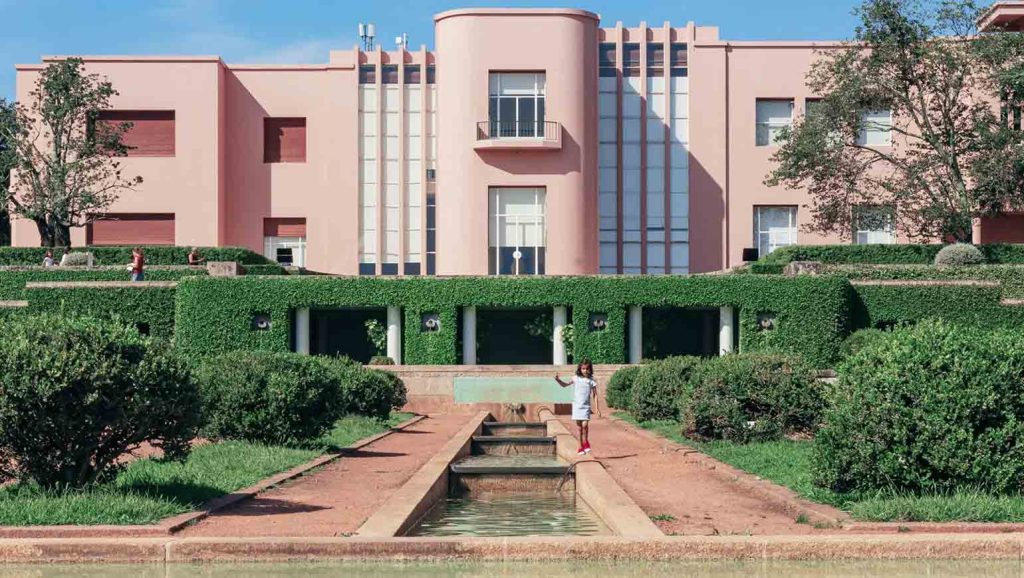
2.2 Day 2: Wine and Gastronomy Tour
2.2.1 Porto Wine Cellars (Port Wine Cellars)
Porto is known as the city of wine, and port wine is its signature drink. In the Gaia district of Porto, you can visit several historic wine cellars to learn about the port wine production process and enjoy wine tastings. Famous cellars like Graham’s, Sandeman, and Taylor’s offer guided tours and wine tasting sessions.
2.2.2 Porto Wine Museum (Museu do Vinho do Porto)
The Porto Wine Museum is dedicated to showcasing the history and culture of port wine. The museum’s exhibits include winemaking tools, wine barrels, historical photographs, and more, allowing visitors to gain insight into the tradition and modern development of port wine.
2.2.3 Taberna dos Mercadores
If you’re a fan of authentic Portuguese cuisine, Taberna dos Mercadores is a must-visit. This restaurant serves traditional Portuguese dishes, including the famous Portuguese roasted cod, stewed meats, and various seafood. The cozy atmosphere, fresh ingredients, and excellent service make it a delightful dining experience.
2.2.4 Douro Restaurant (Douro Restaurant)
This restaurant, located along the river in Porto’s city center, offers delicious local wines and authentic Portuguese dishes. Specialties like Porto’s traditional oxtail stew and lamb stew are perfect for enjoying Porto’s views while dining.
2.3 Day 3: Nature and Modern Art Tour
2.3.1 São Roque Park (Parque de São Roque)
São Roque Park is an excellent destination for a peaceful walk or relaxation in Porto, offering vast green spaces and picturesque views of the city. The park’s serene atmosphere makes it a perfect spot for both early morning jogs and casual strolls. Visitors can explore its many walking paths that weave through lush lawns and towering trees. The park is especially popular for a relaxing afternoon picnic, where you can enjoy Porto’s natural beauty in a tranquil setting. The park also features several viewpoints offering stunning panoramic views of Porto and the surrounding landscape, making it an ideal place to unwind and take in the city’s charm.
2.3.2 Crystal Palace Gardens (Jardim do Palácio de Cristal)
The Crystal Palace Gardens, situated in the heart of Porto, are renowned for their magnificent views of the city and the Douro River. The gardens offer a peaceful retreat from the bustle of the city, featuring a well-maintained collection of plant species, vibrant flowers, and tranquil lakes. Visitors can stroll through tree-lined pathways, enjoy a serene boat ride on the lake, or simply sit and relax on the grassy lawns, taking in the spectacular views of the river and the cityscape. Additionally, the gardens are home to an open-air theater that hosts cultural events, making it a lively place to explore. The blend of natural beauty and cultural activity makes the Crystal Palace Gardens a must-see.
2.3.3 Serralves Museum of Contemporary Art (Museu de Arte Contemporânea de Serralves)
If you’re an art enthusiast, the Serralves Museum of Contemporary Art is an unmissable stop in Porto. The museum is one of the most important contemporary art museums in Portugal, showcasing a wide range of works from international and Portuguese artists, spanning from the mid-20th century to the present day. The museum’s vast collection includes paintings, sculptures, video art, and installations, providing an immersive experience in the world of modern art. Beyond its impressive collection, the museum itself is a work of art, featuring minimalist, innovative architecture that blends seamlessly with the surrounding gardens. It’s an excellent place to reflect on the intersection of art, nature, and design.
2.3.4 Porto Design and Fashion Museum (Museu do Design e da Moda)
The Porto Design and Fashion Museum is a fascinating destination for those interested in the world of design and fashion. The museum displays an extensive collection of design objects from around the globe, with a particular focus on Portuguese design and craftsmanship. Exhibits cover a wide range of categories, from furniture and home decor to fashion clothing and accessories, illustrating the evolution of design through the years. The museum’s displays showcase the unique charm of Portuguese artistic innovation, highlighting the creativity and craftsmanship that defines the country’s design heritage. Whether you’re a design aficionado or simply curious, the museum offers a comprehensive and inspiring journey through the world of design and fashion.
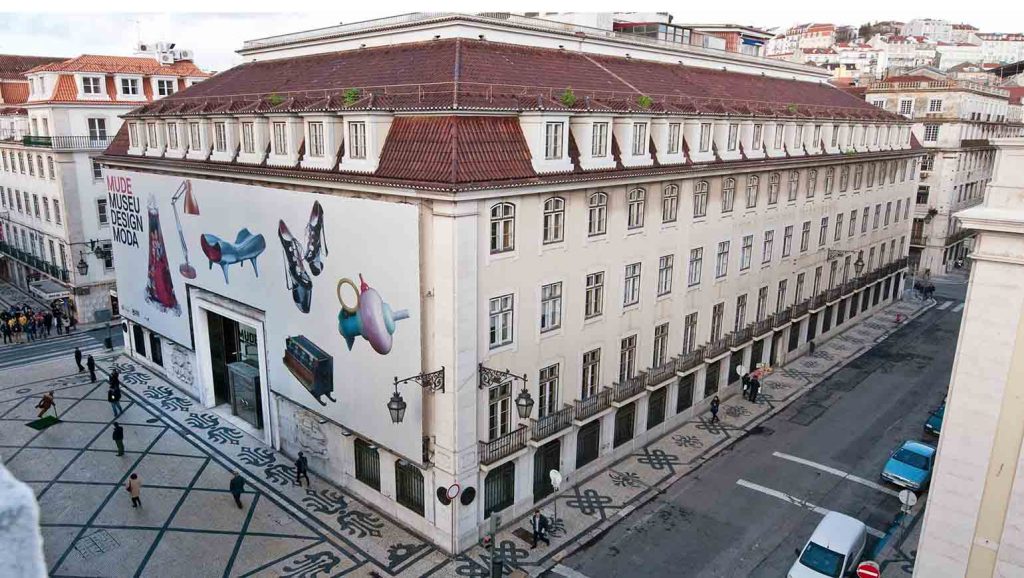
3. How to Plan Your Porto Trip
3.1 Suggested Itinerary
If you’re short on time, you can opt for a three-day itinerary to focus on Porto’s classic attractions. However, if you have more time, a five- or six-day trip would allow for a more relaxed pace, letting you explore additional museums, wine cellars, and nearby natural attractions. Furthermore, Porto is surrounded by several fascinating destinations such as the Douro Valley and the coastal town of Matosinhos, which are great for day trips if time allows.
3.2 Transportation and Accommodation Recommendations
Porto’s city center is very walkable, so you can easily explore most attractions on foot. For farther locations, you can use public transportation such as metro, buses, or taxis. Porto offers a wide range of accommodation options, from luxurious five-star hotels to charming boutique hotels. It’s recommended to stay in the city center for easy access to major attractions.
3.3 Travel Tips
- Remember to book wine tasting activities at the wine cellars in advance to secure your spot.
- Porto has a mild climate, but it can get chilly in winter, so pack accordingly.
- Don’t miss out on Portugal’s traditional dessert—Pastel de Nata (Portuguese custard tart) when sampling local food.
Porto is a city full of historical and modern charm. Whether it’s the ancient churches, fascinating wine cellars, or beautiful natural landscapes and art museums, this city has something special to offer. By planning your travel route wisely, you can fully immerse yourself in Porto’s unique charm and enjoy an unforgettable Portuguese journey.
